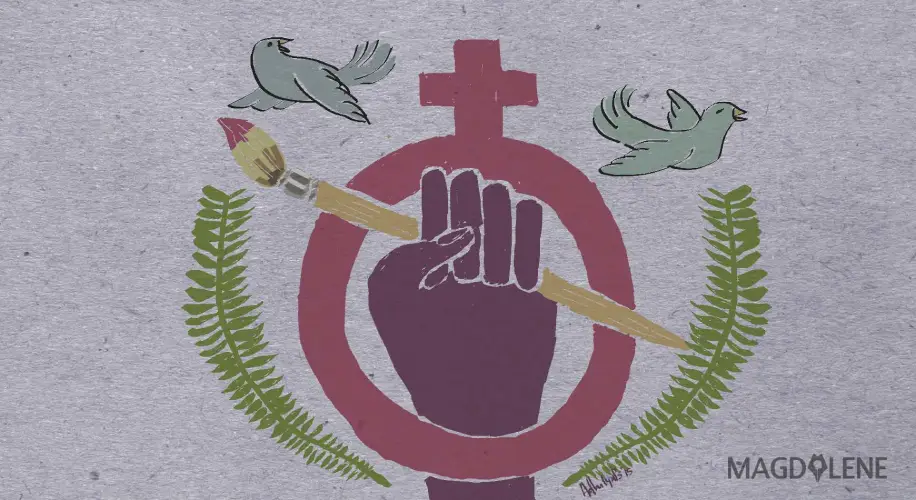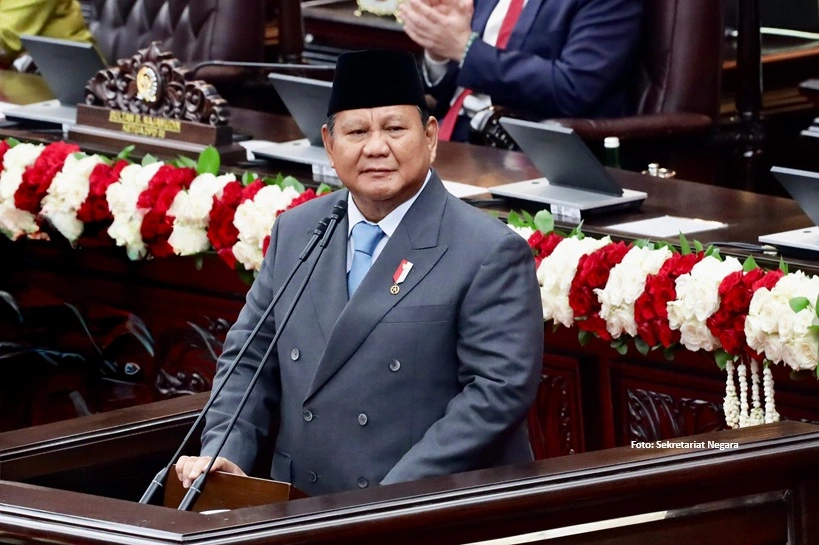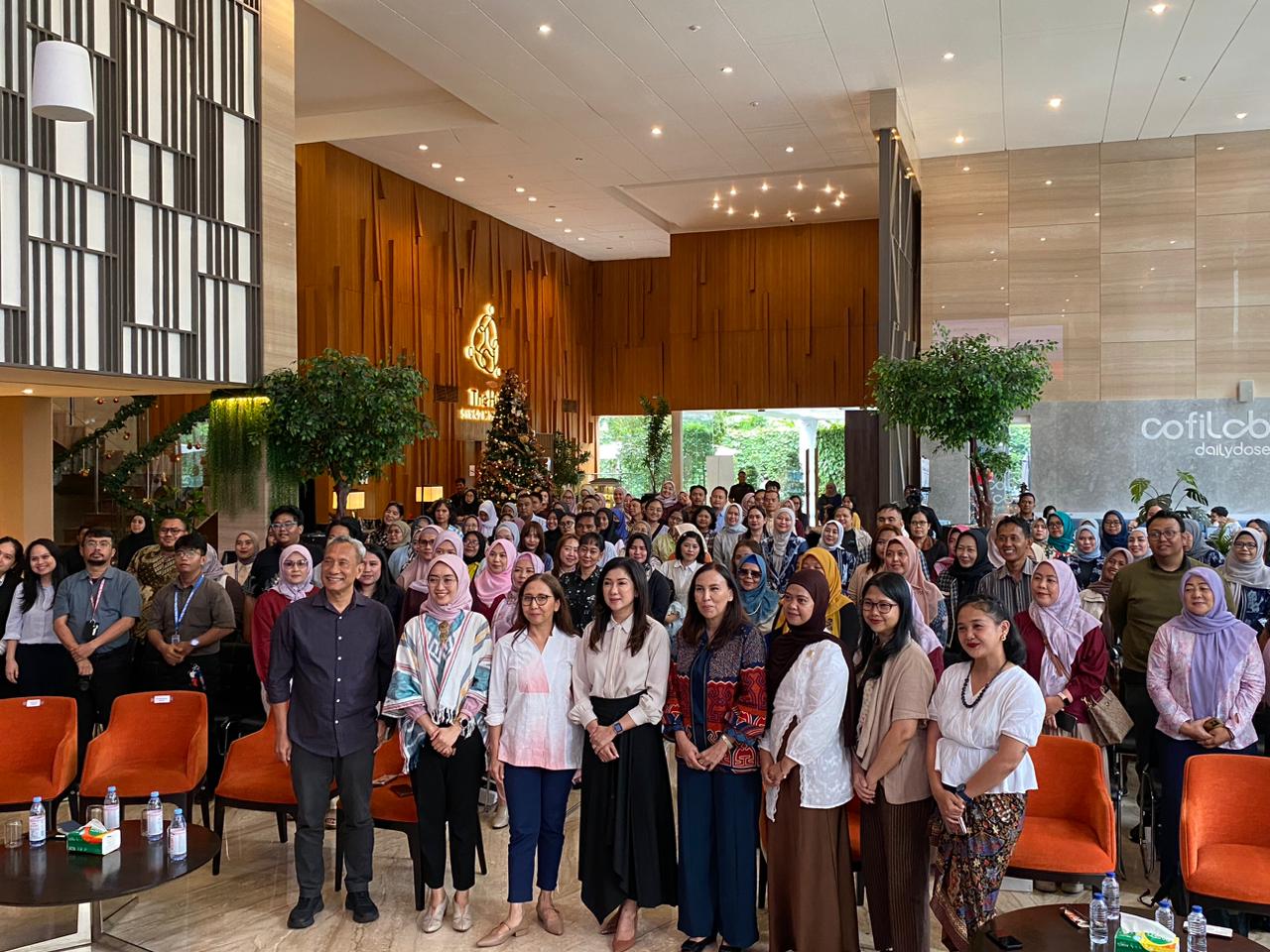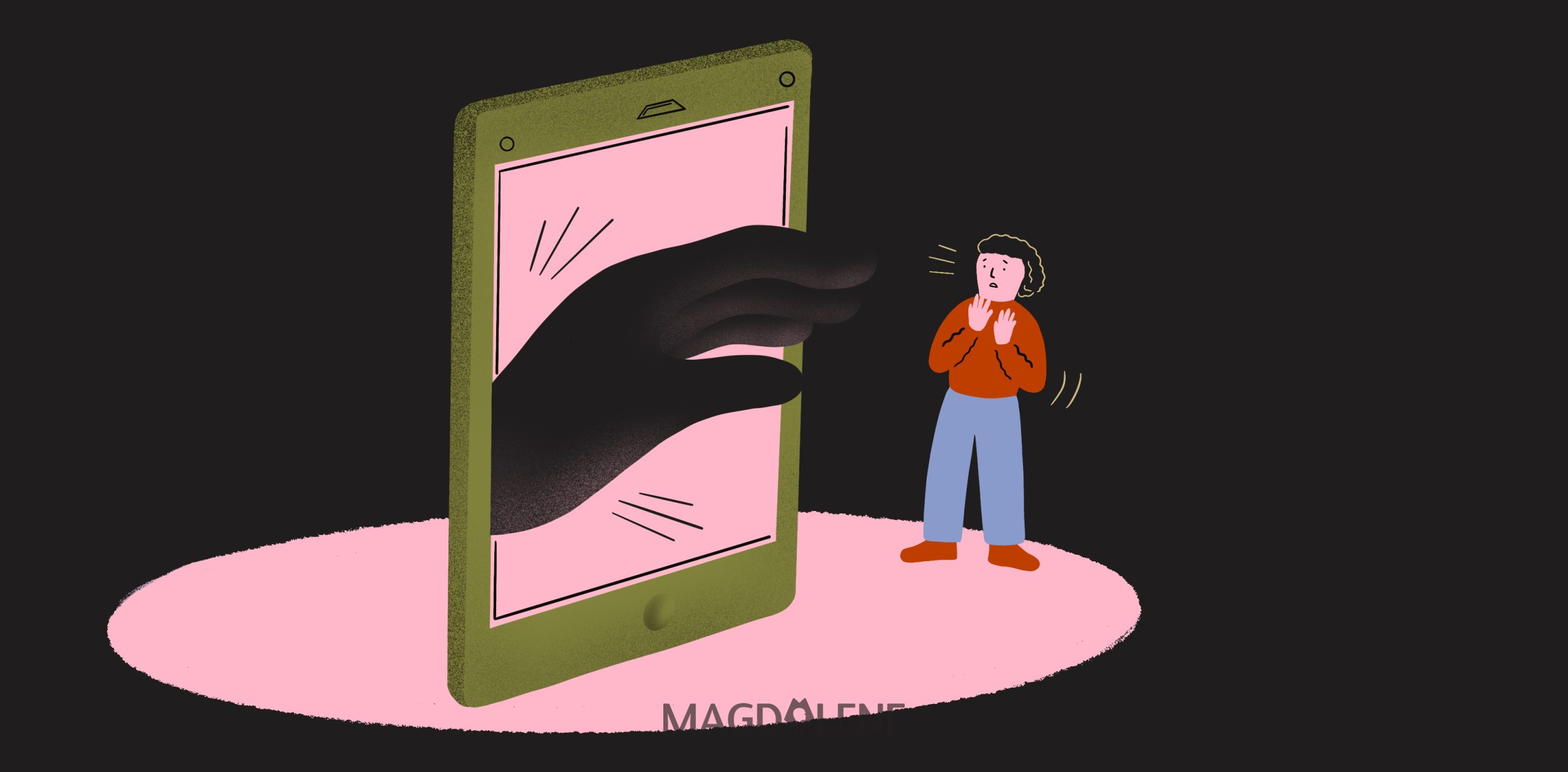Achieving Healthcare Rights For Trans and Nonbinary People Is A Must
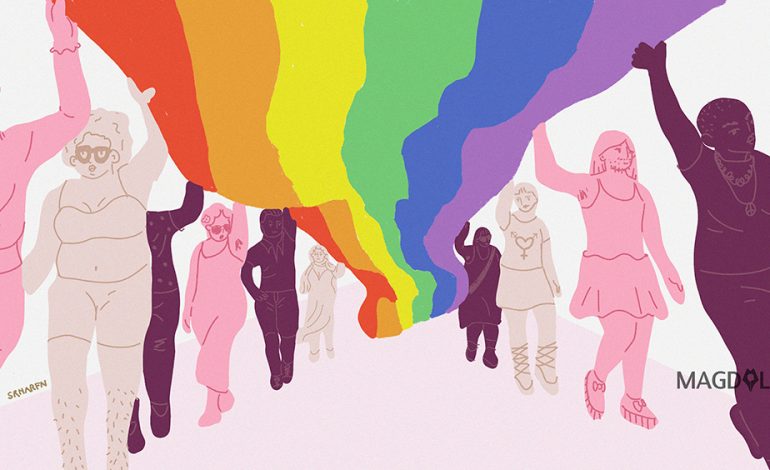
While transgender people might be more culturally recognized in the U.S. than ever, visibility is not the same as justice.
Transgender is an umbrella category that emerged in the U.S. in the 1990s to encompass diverse gender identities that don’t fully correspond with an individual’s assigned sex at birth. Although local communities worldwide have adopted this term, it can also erase and collapse other diverse gender identities people have used across time, location and culture.
People who are today called trans, nonbinary and intersex have existed for centuries throughout the world. The rights of trans people have not always been up for debate in mainstream society, and nonnormative sex and gender categories appear in ancient Buddhist texts, as well as Jewish rabbinic literature. Yet colonial conquests have violently stamped out sexual and gender diversity globally.
Read more: Not Everyone is Male or Female – the Controversy over Sex Designation
Trans people’s right to exist has been challenged throughout time and across the world in multiple ways. Worldwide, trans people face disparities across many areas, including access to health care, legal support and economic security. Governments, global organizations and the legacies of colonialism also enact high levels of violence and stigma against them.
At the same time, 95 percent of global health-related organizations do not recognize or mention the needs of gender-diverse people in their work, resulting in the “near-universal exclusion” of trans people from health practices and policies. There is also a lack of holistic trans-inclusive research around the world. For instance, searching for the word “transgender” on the Institute for Health Metrics and Evaluation website, the global health metrics giant of the Bill and Melinda Gates Foundation collaborates with the World Health Organization to improve global health data, and currently returns zero results.
As a sociologist, I study how health outcomes are affected by various social conditions, including global economic policies, institutions and cultural values. In particular, I analyzed how government-endorsed medical tourism, or health-related travel, has affected Thai transgender women. Broadly, I seek to understand how the body acts as what French philosopher Michel Foucault calls an “inscribed surface of events,” imprinted upon by an ever-changing social context that can afford or withhold resources, rights, recognition and power.
With their health and well-being shaped by the social context worldwide, the bodies of transgender people are no exception.
History of Gender-Affirming Care
Medical institutions and authorities are a major pathway to health and how one lives in one’s body. They define, classify and pathologize a range of human conditions, from male pattern baldness to fatness.
The German physician Magnus Hirschfeld coined the now antiquated term “transvestite” in 1910 to define those who desired to express themselves in opposition to their sex assigned at birth. At his Institute for Sexual Science, Hirschfeld offered people hormone therapy and performed the first documented genital transformation surgery. Adolf Hitler deemed Hirschfeld “the most dangerous Jew in Germany,” and the Nazis burned his research center after he fled for his life.
Despite this violence toward trans medicine, endocrinology in the U.S. and Europe advanced in the 1930s with the use of synthetic testosterone and estrogen for medical transitioning. Estrogen was first purified in 1923 and used for hot flashes, bone loss prevention and other reproductive health issues. Testosterone was isolated and synthesized in 1935 and first used to treat hypogonadism in men as well as tumor growth in women.
Read more: Why I would Fight to Defend My Tattoos and My Non-Binary Expression
Puberty blockers, or gonadotropin-releasing hormone agonists, were first approved by the U.S. FDA in 1993 for children undergoing puberty too early. For trans adolescents experiencing gender dysphoria, or distress from a mismatch between their gender identity and sex assigned at birth, these medications can be critically important for their well-being. Far from being experimental, the medications have strong evidence for their overall beneficial effects for trans youths.
Christine Jorgensen was the first American to undergo what was then called “sex change” surgery, in Denmark in 1952, making headline news. Doctors in other parts of the world also started to gain clinical expertise in vaginoplasty, sparking global networks of transgender health care. For instance, surgeons in Thailand developed their own techniques in the 1970s for Thai trans women.
Soon, trans people from other countries learned of Thai surgical techniques and began to travel to Thailand for care. With strong government support, Thailand has become a global hub for gender-affirming services. Subsequently, foreign travelers “crowded out” some Thai trans people from quality care as the market shifted to accommodate medical tourists.
For some health travelers, services are more affordable in Thailand than in their home country. Traveling for health services can also provide greater anonymity. For those in the U.K. seeking gender-affirming care, traveling abroad is an alternative to long wait times.
Medical tourism is direr for those living in countries where trans people face criminalization, such as Brunei, Lebanon, and Malawi, or where gender-affirming surgeries are religiously prohibited, such as Saudi Arabia.
Read more: Data: College Students Are Increasingly Identifying Beyond ‘She’ and ‘He’
What Does Global Health Equity Mean?
Globally, trans people experience issues accessing culturally competent and equitable healthcare services, both generally and for gender-affirming services. Trans and gender-diverse people experience greater mental distress and everyday violence and discrimination than their cisgender peers.
A 2019 report of nearly 200 health organizations around the world found that 93 percent do not recognize trans people in their work on gender equality, and 92 percent do not mention trans health in their programmatic services. Decolonizing global health means including marginalized people in decisions and knowledge production around global health. It also includes and addresses the needs of trans and gender-diverse people worldwide.
Global trans health equity means providing resources to target the root causes of gender-based health disparities. This involves legal gender recognition, government support and anti-discrimination laws. While medical and public health support is necessary for trans women, who are disproportionately affected by HIV worldwide, global trans health equity also means addressing other areas that contribute to this disparity, such as poverty, economic exclusion, and workplace discrimination.
For countries with universal health coverage, medical and public health researchers recommend that gender-affirming services be included as essential services. They are not cosmetic but are necessary for those who want them.
Read more: Rowling, TERFs, and the Danger of Essential Sex
Better Alternatives For All
Amid everyday injustices, violence and vulnerabilities are countless forms of trans resilience and resistance, activism, collective care and knowledge sharing. There are even some “bubble[s] of utopia,” or clinics and health care settings where trans people can access services with reduced delay. These alternatives open the possibility for transgender bliss, or liberation from restrictive colonial gender constructs, and transgender joy, or improving one’s quality of life and forming meaningful connections by embracing a marginalized identity.
How can policies, institutions and society cultivate trans bliss and joy worldwide?
All human bodies are “sociocultural artifacts.” How they are expressed and lived in is determined by social contexts and shaped by available resources. Sex and gender are points in a vast “multi-dimensional space” of anatomy, hormones, chromosomes, environment and culture. Global health equity for trans people holds accountable the institutions and decision-makers responsible for the health and safety of all human beings. It is oriented toward the freedom to flourish in a world that celebrates sex and gender diversity as a natural fact of life.
This article was first published on The Conversation, a global media resource that provides cutting edge ideas and people who know what they are talking about.




